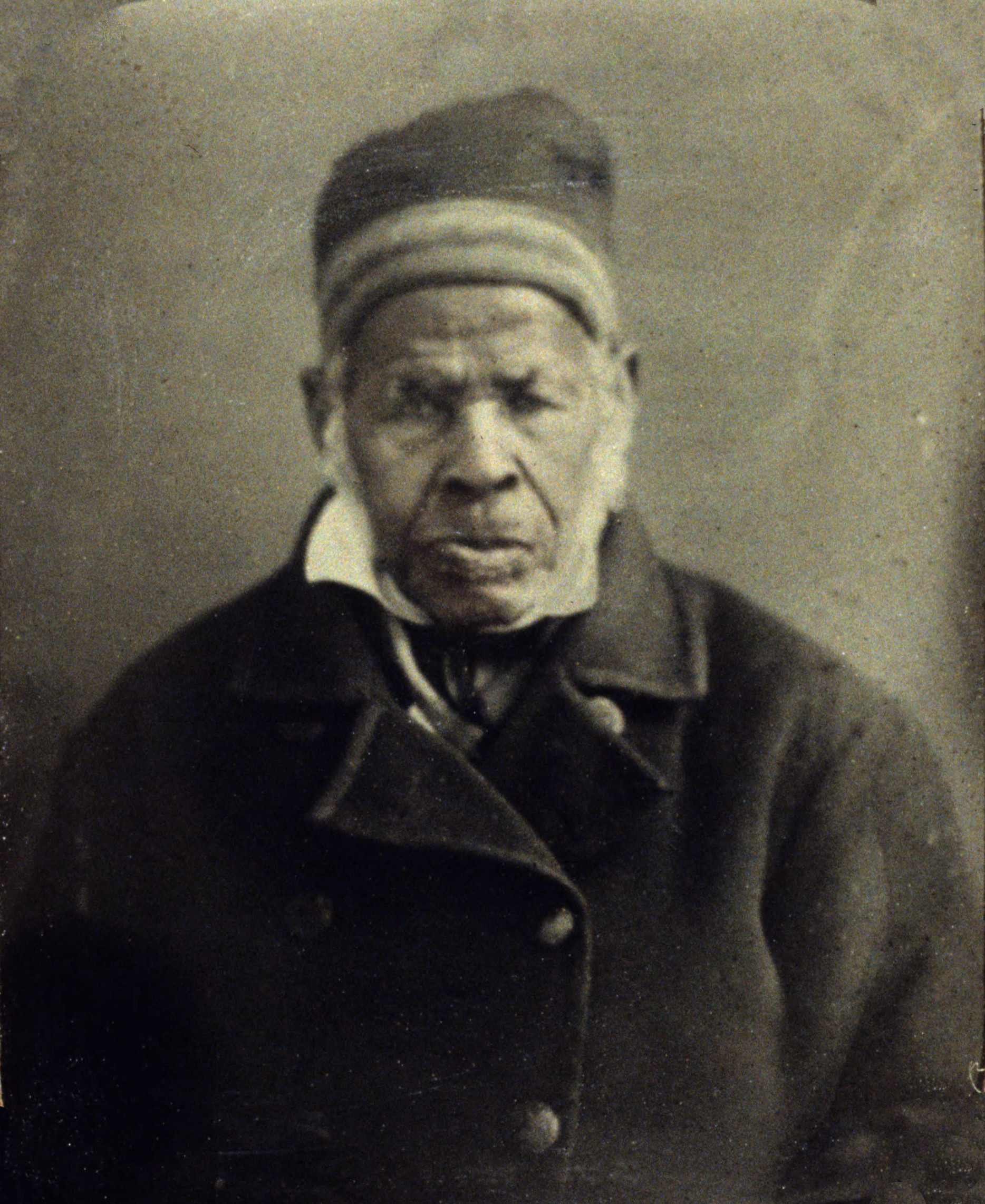You descend from a long line of men that can be traced back to eastern Africa over 275,000 years ago. These are the men of your paternal line, and your paternal haplogroup sheds light on their story.
your paternal haplogroup is R-L48.
As our ancestors ventured out of eastern Africa, they branched off in diverse groups that crossed and recrossed the globe over tens of thousands of years. Some of their migrations can be traced through haplogroups, families of lineages that descend from a common ancestor. Your paternal haplogroup can reveal the path followed by the men of your paternal line.
Migrations of Your Paternal Line
Haplogroup A
275,000 Years Ago
The stories of all of our paternal lines can be traced back over 275,000 years to just one man: the common ancestor of haplogroup A. Current evidence suggests he was one of thousands of men who lived in eastern Africa at the time. However, while his male-line descendants passed down their Y chromosomes generation after generation, the lineages from the other men died out. Over time his lineage alone gave rise to all other haplogroups that exist today.
Haplogroup F-M89
76,000 Years Ago
For more than 100,000 years, your paternal-line ancestors gradually moved north, following available prey and resources as a shifting climate made new routes hospitable and sealed off others. Then, around 60,000 years ago, a small group ventured across the Red Sea and deeper into southwest Asia. Your ancestors were among these men, and the next step in their story is marked by the rise of haplogroup F-M89 in the Arabian Peninsula.
Haplogroup K-M9
53,000 Years Ago
Passing through the Middle East, your paternal-line ancestors continued on to the steppes of Central Asia, vast grasslands stretching all the way from central Europe to the eastern edge of Asia. From its origin in the western steppes nearly 50,000 years ago, haplogroup K-M9 spread across most of the globe. In fact, nearly half of all paternal lineages outside of Africa are branches of haplogroup K.
Haplogroup R-M207
35,000 Years Ago
The next step in your story can be to the common ancestor of haplogroup R, a man who likely lived in Central Asia between 30,000 and 35,000 years ago. The Ice Age was still in full swing, and for thousands of years his descendants roamed the vast steppes of the continent, where they hunted huge mammals like the mammoth.
Haplogroup R-M343
27,000 Years Ago
Your ancestral path forked off again between 20,000 and 25,000 years ago in western Asia, at the beginning of the last great peak of the Ice Age. Massive glaciers covered northern Eurasia, but farther south in the Iranian Plateau your ancestors flourished. When the Ice Age finally gave way to our warmer climate nearly 11,500 years ago, a new era of migrations from the Middle East began and eventually carried haplogroup R-M343 across three continents.
R-M269
10,000
Years Ago
Origin and Migrations of Haplogroup R-M269
Your paternal line stems from a branch of R-M343 called R-M269, one of the most prolific paternal lineages across western Eurasia. R-M269 arose roughly 10,000 years ago, as the people of the Fertile Crescent domesticated plants and animals for the first time. Around 8,000 years ago, the first farmers and herders began to push east into Central Asia and north into the Caucasus Mountains. Some of them eventually reached the steppes above the Black and Caspian Seas. There, they lived as pastoral nomads, herding cattle and sheep across the grasslands, while their neighbors to the south developed yet another crucial technology in human history: bronze smelting. As bronze tools and weaponry spread north, a new steppe culture called the Yamnaya was born.
Around 5,000 years ago, perhaps triggered by a cold spell that made it difficult to feed their herds, Yamnaya men spilled east across Siberia and down into Central Asia. To the west, they pushed down into the Balkans and to central Europe, where they sought new pastures for their herds and metal deposits to support burgeoning Bronze Age commerce. Over time, their descendants spread from central Europe to the Atlantic coast, establishing new trade routes and an unprecedented level of cultural contact and exchange in western Europe.
The men from the steppes also outcompeted the local men as they went; their success is demonstrated in the overwhelming dominance of the R-M269 lineage in Europe. Over 80% of men in Ireland and Wales carry the haplogroup, as do over 60% of men along the Atlantic Coast from Spain to France. The frequency of R-M269 gradually decreases to the east, falling to about 30% in Germany, 20% in Poland, and 10-15% in Greece and Turkey. The haplogroup connects all these men to still others in the Iranian Plateau and Central Asia, where between 5 and 10% of men also bear the lineage


 )ancestor and since Benin/Togo was my highest African percent on ancestry DNA.
)ancestor and since Benin/Togo was my highest African percent on ancestry DNA.






 what I originally meant was I didn't think there were that many brought to the Americas as slaves but with the recent information I'm collecting it seems I was wrong.
what I originally meant was I didn't think there were that many brought to the Americas as slaves but with the recent information I'm collecting it seems I was wrong.








